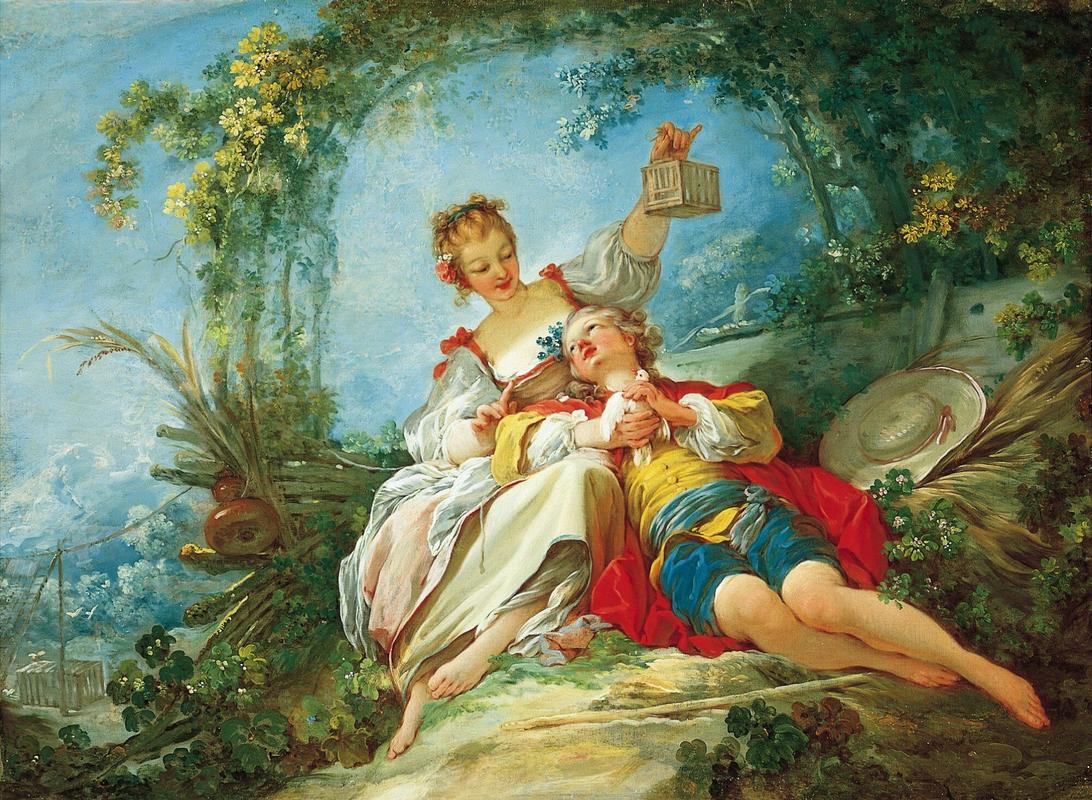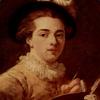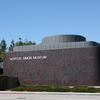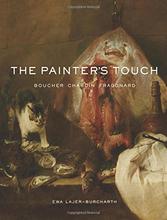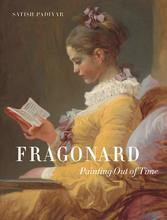More about Happy Lovers
- All
- Info
- Shop
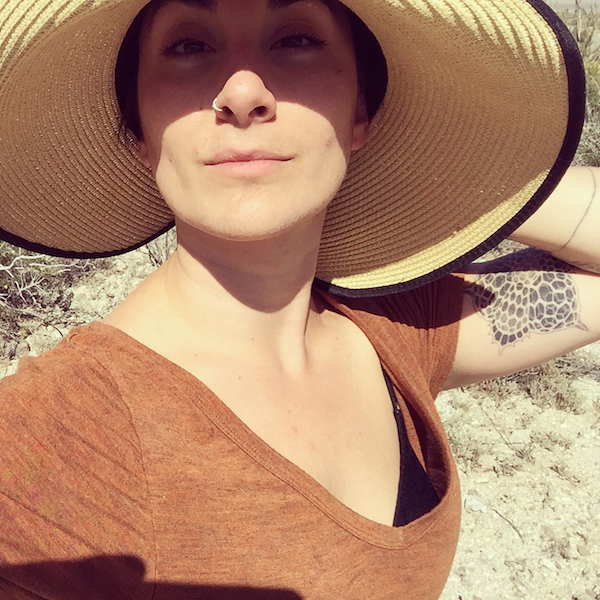
Contributor
Love in the time of loose brushwork.
What’s not to love about the subtle scandalous nature of a rococo painting? Looking back through a 21st century lens each image seems so wholesome, right? Well… not exactly. For its time, Happy Lovers was the racy depiction of a young couple’s tryst in forest. Jean-Honore Fragonard is an artist famed for his frilly, naughty, and intimate renderings of the bourgeoise. Following the death of Louis XIV, the gilded flamboyance of baroque gave way to more intimate and indulgent themes in upper class Parisian homes. Benefactors were thrilled by subtle sexiness and nothing was spared with this particular melange of human delights.
Welcome to the pleasure dome, where nature has curated itself for peak romance with saplings framing the couple in a soft arc speckled with buds alluding to the lover’s blossoming infatuation. The young woman holds an empty birdcage while the man is holding a dove, because what is romance without a couple of caged birds set free as a metaphor for love? On the periphery of the painting, discarded items lay on the ground, implying a hasty embrace; a hat and a flask of what is likely wine to lubricate communication and lower inhibitions. As the warmth of the lovers’ embrace fades toward the edges of the canvas so does the warmth of the palette shifting from strong hues to soft cool tones. The artist tempts the viewer to remain in this nest of affection with the use of bright, bold, and primary color. The eyes cannot help but consume the delights of the amorous youths, basking in the light-hearted and playful embrace.
That affection is palpable, seen in the way the two look at one another, eyes locked, as if the rest of the world doesn’t exist. Although a cynical viewer might see this as fleeting, they’ve clearly just taken a dove out of its cage and it appears as though the bird is struggling, which might be distracting in such a romantic moment. Oh well, moving on. What makes this painting risque is the amount of bare flesh shown by both subjects. The young woman is barefoot and clearly not wearing stockings, perhaps a suggestion of the couple’s earlier activities, perhaps not, but the folds of her shirt and petticoat show off skin mid calf, proving her unchaste. The shadow cast by the tree bough shades her face and her hair is adorned with flowers. However, the sunlight perfectly highlights her bosom, bringing attention to that exact spot, a perfect place for her companion to rest his head and stare longingly. Even the man has his stockings removed showing his legs beyond the knee, and to shift the paradigm, let’s call him out for being a debauched young man, clothing disheveled after what seems to be a romantic embrace. A floozy if you ask me.
There seems to be some controversy over the dates that Happy Lovers was painted, but all agree that it was in the early stages of Fragonard’s career. Later, as the enlightenment gained traction in Paris, the artist’s work leaned into neo-classical, but this piece is exemplary of rococo ideals. The bold loose brushstrokes undulating in and out of foreground, the billowing textiles rich with texture, and the playful affection between characters all are quintessential of the elaborate, ornamental, and more or less sexy details of this era.
Sources
- Agustyn, Adam. Rococo. Encyclopedia Brittannica. April 02, 2019-- https://www.britannica.com/art/Rococo (accessed July 25, 2019)
- Artble. Jean-Honore Fragonard. Artble.com. 2019-- https://www.artble.com/artists/jean-honore_fragonard (accessed July 25, 2019)
- The Athenaeum. The Happy Lovers, Jean-Honore Fragonard. Scholar Detail, 2000-2018-- https://www.the-athenaeum.org/art/detail.php?ID=43177 (accessed July 25, 2019)
- Blair, Anna. Jean-Honoré Fragonard Artist Overview and Analysis. The Art Story, March 14, 2018-- https://www.theartstory.org/artist-fragonard-jean-honore.htm (accessed July 25, 2019)
- Trapasso, Eric. A Brief History of Rococo Art. Art Net News, Auctions, July 15,2013-- https://news.artnet.com/market/a-brief-history-of-rococo-art-32790 (accessed July 25, 2019)

